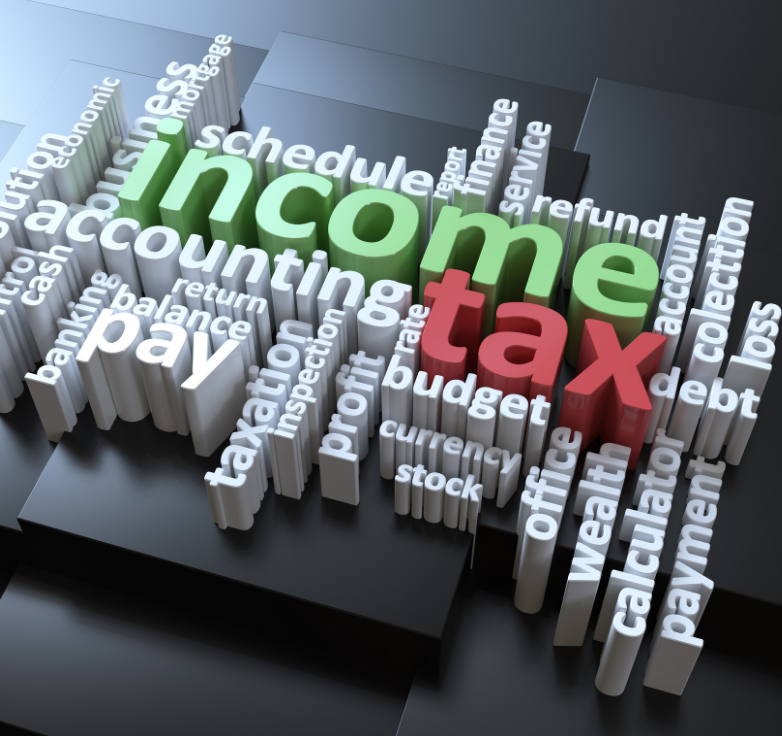
BLOG

What is income tax?
“Income tax” refers to a tax levied on individuals and entities based on their earnings. It is a significant source of revenue for governments. On a personal level, income tax is typically calculated on an individual’s financial gains, including wages, investment income, and other forms of earnings. Businesses are also subject to income tax based on their profits. The rules and rates for income tax can vary by jurisdiction. In the Canadian context, for example, the term specifically denotes the income tax in Canada, administered by the Canada Revenue Agency (CRA).
How do I do my income tax in Canada?
To complete your income tax return in Canada, follow these general steps:
1. Gather Necessary Documents:Collect all relevant documents, including T4 slips for employment income, T5 slips for investment income, receipts for deductible expenses, and any other supporting documents.
2. Verify Your Residency Status: Determine your tax residency status in Canada. This can impact which income you need to report.
3.Choose a Filing Method:Decide whether you want to file your taxes online using tax software, through the Canada Revenue Agency (CRA) website, or on paper using traditional forms.
4. Use Tax Software (if applicable):If you opt for tax software, choose a reputable program, and follow the step-by-step instructions. Many software options guide you through the process and perform calculations for you.
5. Complete the Tax Return: Provide accurate information about your income, deductions, and credits. Ensure you include details about any changes in your personal or financial situation during the tax year.
6. Claim Deductions and Credits: Identify and claim eligible deductions and tax credits, such as those for medical expenses, charitable donations, and education expenses.
7. Review and Double-Check: Carefully review your completed return to ensure accuracy. Mistakes or omissions could lead to delays or errors in your tax assessment.
8. Submit Your Return: If filing online, submit your tax return electronically through the CRA website or via tax software. If filing on paper, mail your completed forms to the CRA.
9. Keep Copies of Documents: Keep copies of all supporting documents and your filed tax return for reference.
10.Check Your Refund Status: If you are expecting a refund, you can check the status through the CRA’s online services.
11. Address Any Issues: If the CRA requests additional information or if you encounter any issues, address them promptly.
It’s recommended to consult the latest tax guides from the CRA or seek advice from a tax professional, especially if you have complex financial situations or if you’re unsure about specific deductions or credits.